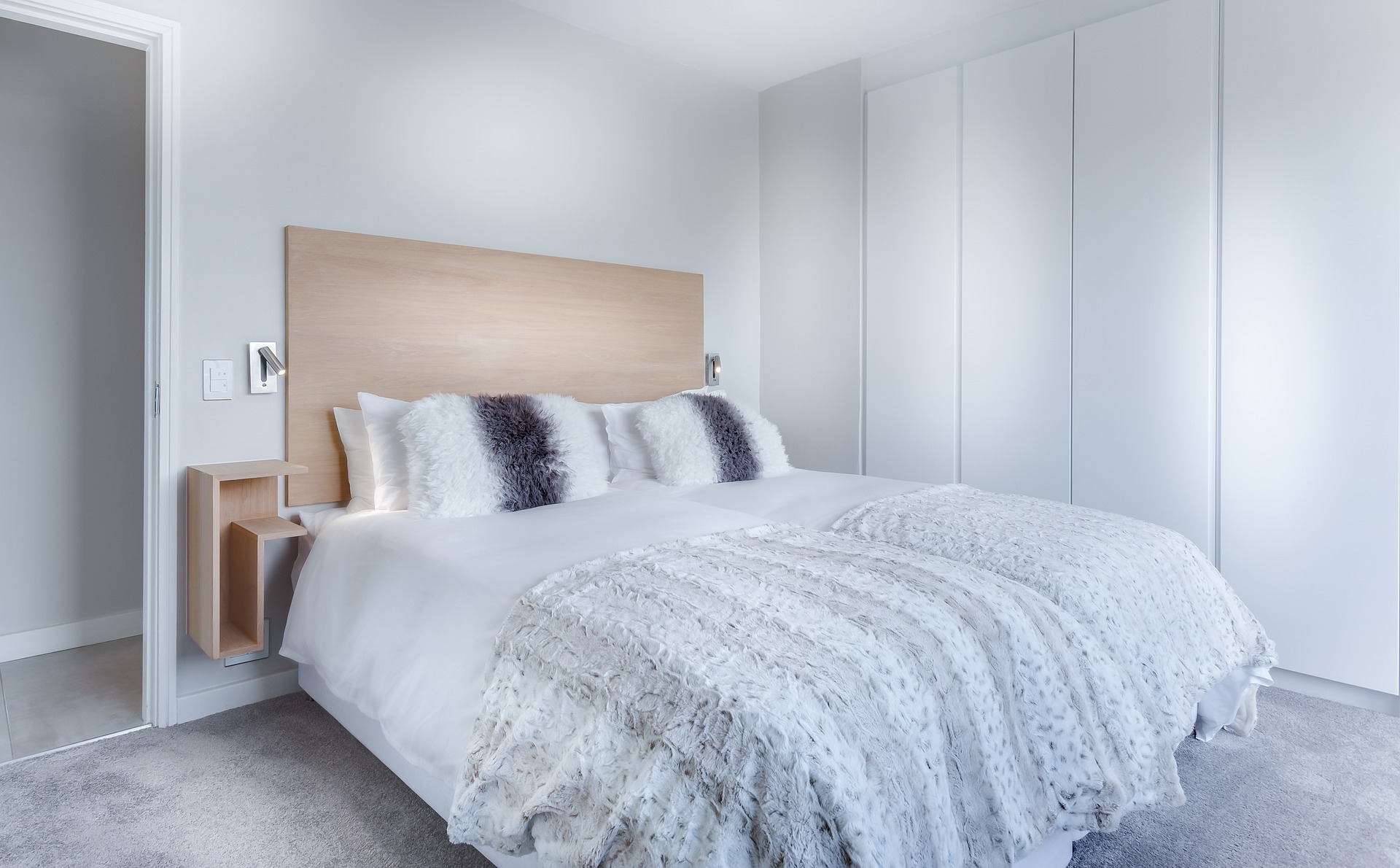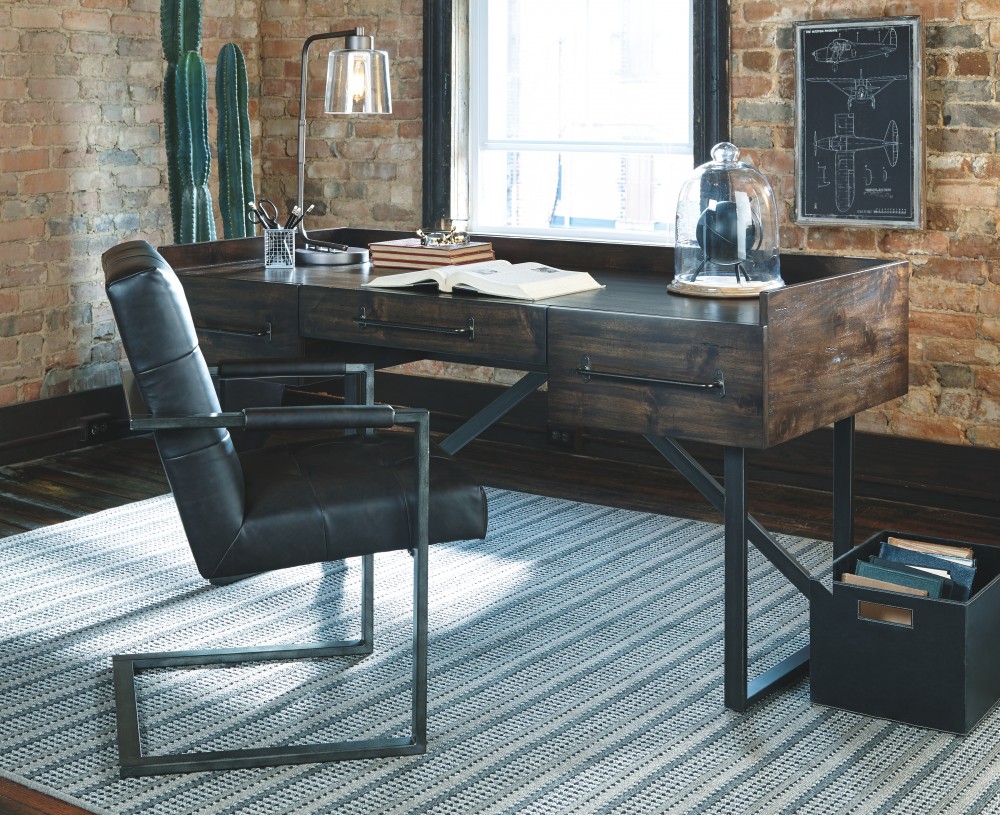Looking to add a little resale value to your house? Choose wisely! Some house upgrades are worth it, but not all of them are a great investment. Smart house upgrade is essential for your lovely home.
Upgrade your home the right way. Increase the value of your home with smart upgrades that return your money and then some! Different ways Smart House Upgrades can make things easier for you.
8 Smart House Upgrades that Pay Off
Here are some of the best ways to upgrade your home and increase the resale value. These 8 ideas are totally worth the money!
1. Clean, Fresh Paint:
When a buyer walks in, they want to see bright, clean rooms. Your paint has a lot to do with how the sunlight affects a room. A fresh paint job can brighten any room in the house.
You don’t necessarily need to go neutral, but your choice in paint colors can affect your potential buyer’s feelings about your house. If you’re not selling just yet, the right colors can also help lighten your own mood.
Choose a palette that you like. But, don’t stop there. Make sure it compliments your home’s age, style, and architecture. Check out these ideas for a modern look!
2. Modernize the Kitchen:
Look at the age of your appliances and countertops. Are they in poor repair or stained? If so, you should consider replacing them.
Here’s a list of kitchen upgrades that you can benefit from.
- Newer, energy efficient appliances
- Countertops that suit the space
- Refinish cabinets
- Tile backsplash
- Sink upgrades
- Accent paint
Save some cash! Check out dent and scratch or discontinued appliances. Discontinued tile can be used to make an attractive backsplash, too. You can get huge savings from buying these options.
Look for ways to accent and offset countertops and cabinets in your kitchen for a more modern look. Check out paint pallets that give your kitchen a pop of color and make your cabinets stand out.
3. Programmable Thermostat:
This is such a simple upgrade, but it gives your house a modern feel. Programmable thermostats are affordable and easy to install. Many are also easy to manage from your phone!
An added bonus for installing a programmable thermostat is instant energy savings on your electric bill!
4. Upgrade Bathrooms:
Ugly bathrooms can send a potential buyer out the door. Check out your bathrooms for any of these problems and fix them!
- Stained toilet bowls and seats
- Leaky faucets
- Outdated fixtures
- Old tile and paint
- Evidence of flooding
- Damaged cabinetry
You can easily and affordably upgrade a bathroom by switching out any old fixtures and lighting. But, making sure the bathroom is clean and in good working order is a priority.
5. Landscaping:
Ever heard of curb appeal? This house upgrade is a must. The first look a buyer has as they walk to your front door can influence their opinion about the whole house!
Walk outside and check your landscaping, in the front and the back of your home. Consider these upgrades for landscaping your home.
In the front:
- Clean, groomed lawn
- Flowers and shrubs that are trimmed
- Trees that cut back and look nice
- A walkway that invites people to come in
In the back:
- A patio or deck for entertaining
- Trees and flowers for privacy and color
- Fences in good repair
- Clean, groomed lawn
- A small gardening area
Your landscaping matters in the value of your property. It should be well maintained and easy to upkeep. Good landscaping invites you to come out and enjoy the outdoors!
6. Install Solar Panels:
Nothing is more attractive to a potential buyer than the idea of their new home saving them money. If you’ve already installed solar panels, then you’ve given them a step up in that direction.
Solar power is a responsible energy choice and it will save you money in the long run. That’s good for you while you live in your home. It’s great for potential buyers, too.
Your new buyer will instantly save on energy costs. You’ve already made the investment for them! This increases the value of your home and makes the buyer more willing to pay the price you are asking.
7. New Flooring:
You’ve got fresh paint and clean rooms, but your flooring is filthy and worn. That won’t work when you sell your home.
Take a look at high traffic areas, carpets, and tiles. Is anything stained, worn or broken? If so, you need to replace it.
Look for neutral carpet colors. You want any type of furniture or paint to work well with your choice. Avoid white or extremely pale colors because they are so hard to maintain.
If you are replacing only one room of carpet, try to make it closely match what is already in the house. Nothing looks worse than mismatched carpet.
Tile can be a really affordable upgrade. It should be easy to maintain, durable and neutral. Make sure stone tile doesn’t have a lot of nooks and crannies for dirt to hide.
You can even get a tile that looks like wood! Take a look at options in your hardware store.
Save yourself some cash! If you are replacing a whole house of carpet or tile, try to find discontinued items at your local hardware store. They may be cheaper but are still good quality and new.
Another way to save is to learn to install flooring yourself. There are plenty of books at your local library and YouTube videos to teach you how.
8. Basement Improvements:
Paying outright to have the basement turned into a high-class lounge might not pay off. However, putting in the time and effort to fix up and finish off your existing basement can have an amazing return on investment.
If your basement is unfinished, check it out for these problems.
- Cracks in walls or floors
- Wood damage to the supporting structure
- Leaks and flooding damage
- Excessive clutter
For already finished basements, here are some things to think about.
- Patch damaged walls and repaint
- Paint the ceiling bright white
- Replace all light bulbs
- Install more lighting to brighten the room
- Remove excess, unused furniture
- Go with a traditional theme
Fix any problems you find and clear out the clutter.
A man cave or game room may be exciting for you, but tame down your theme if it’s over the top. Your potential buyer wants to see open, clean space. Let them imagine how they might use it.
Upgrade Your Home, Today:
If you really want to increase the resale value of your home, pick one or more house upgrades on this list. The money you invest will be worth it.
Check out these interesting articles about home and garden topics!
Read Also:






















